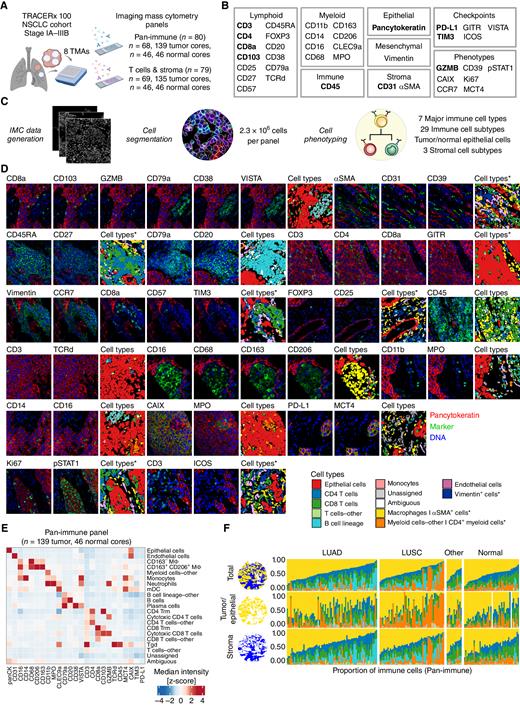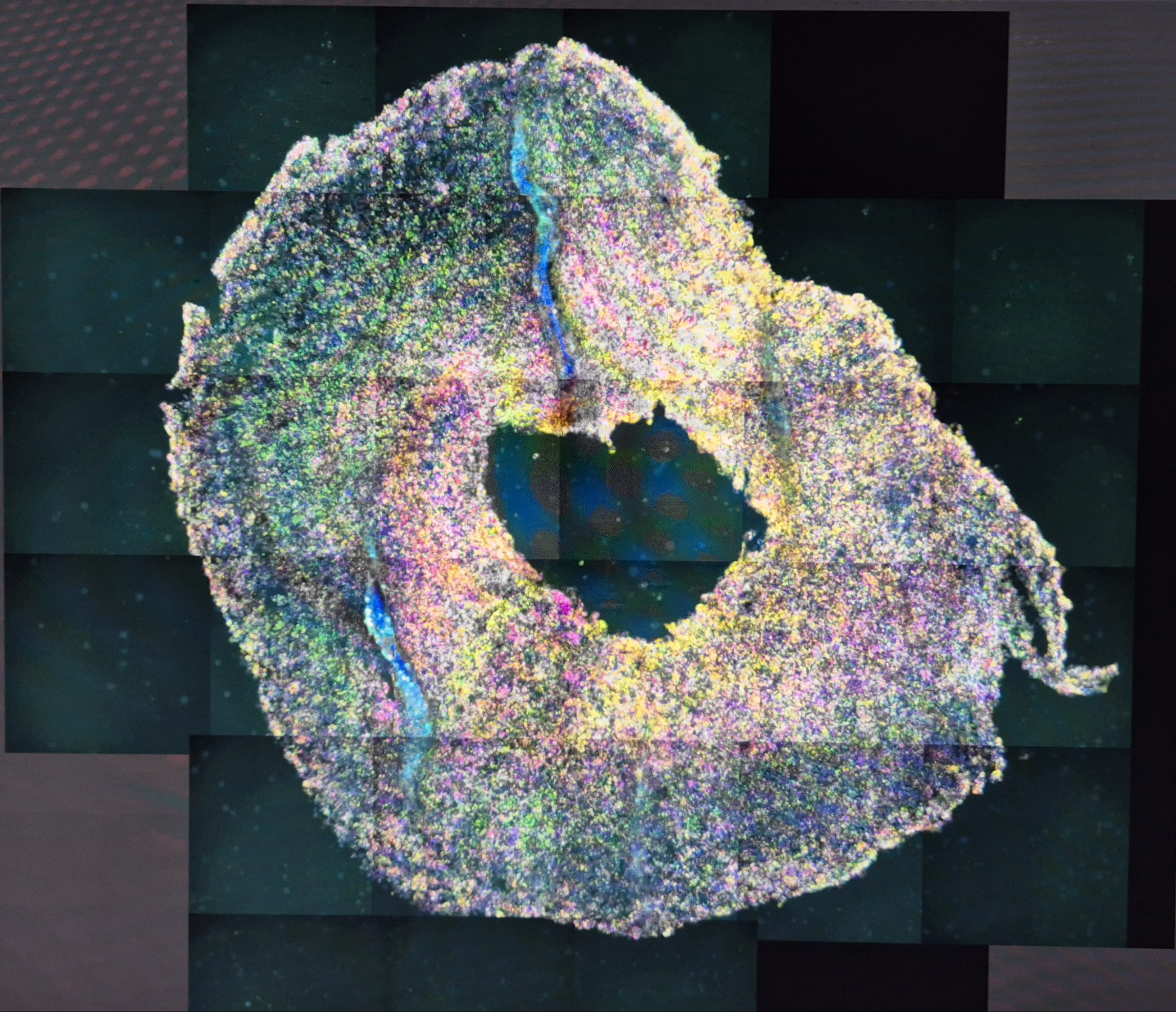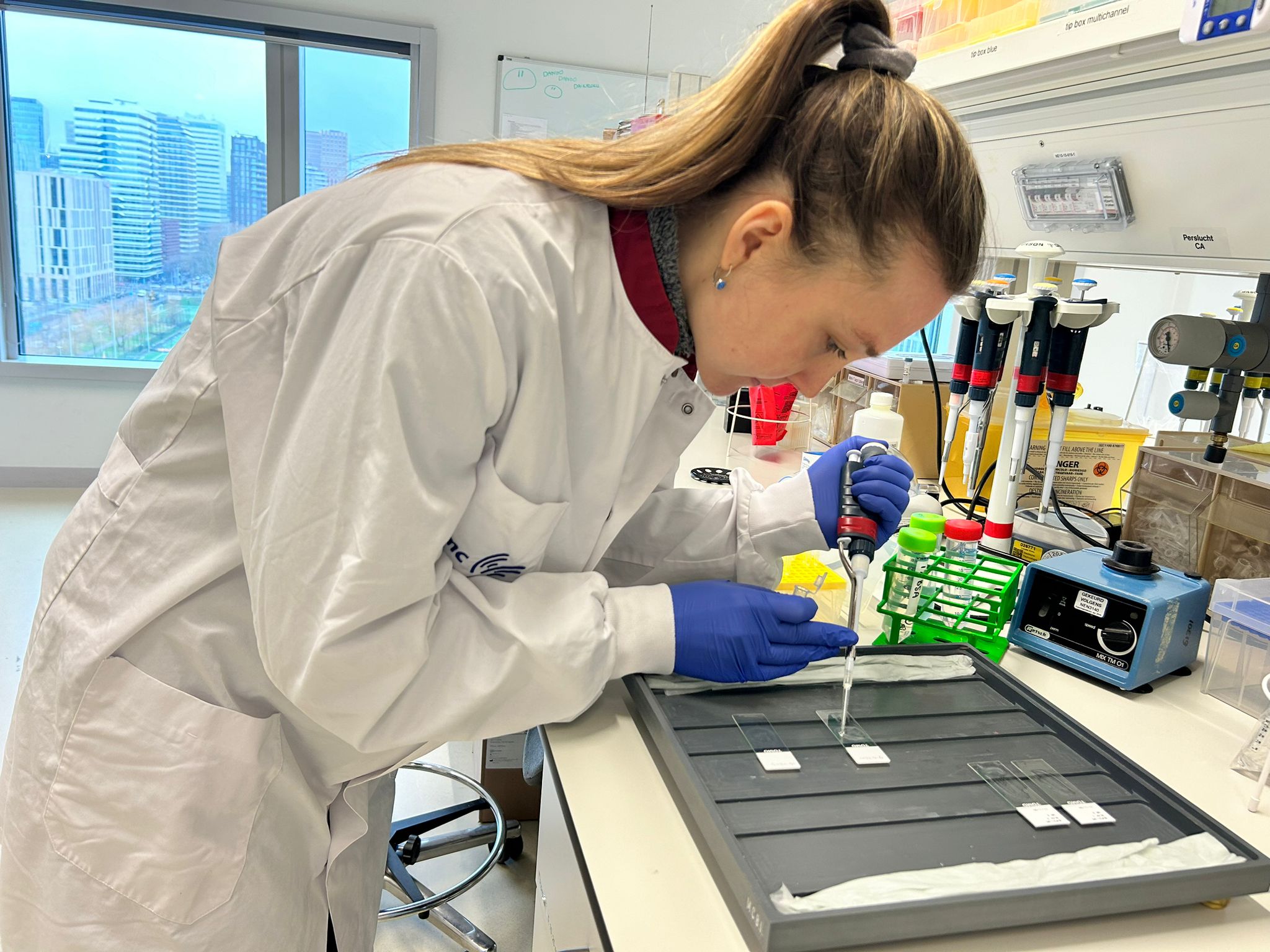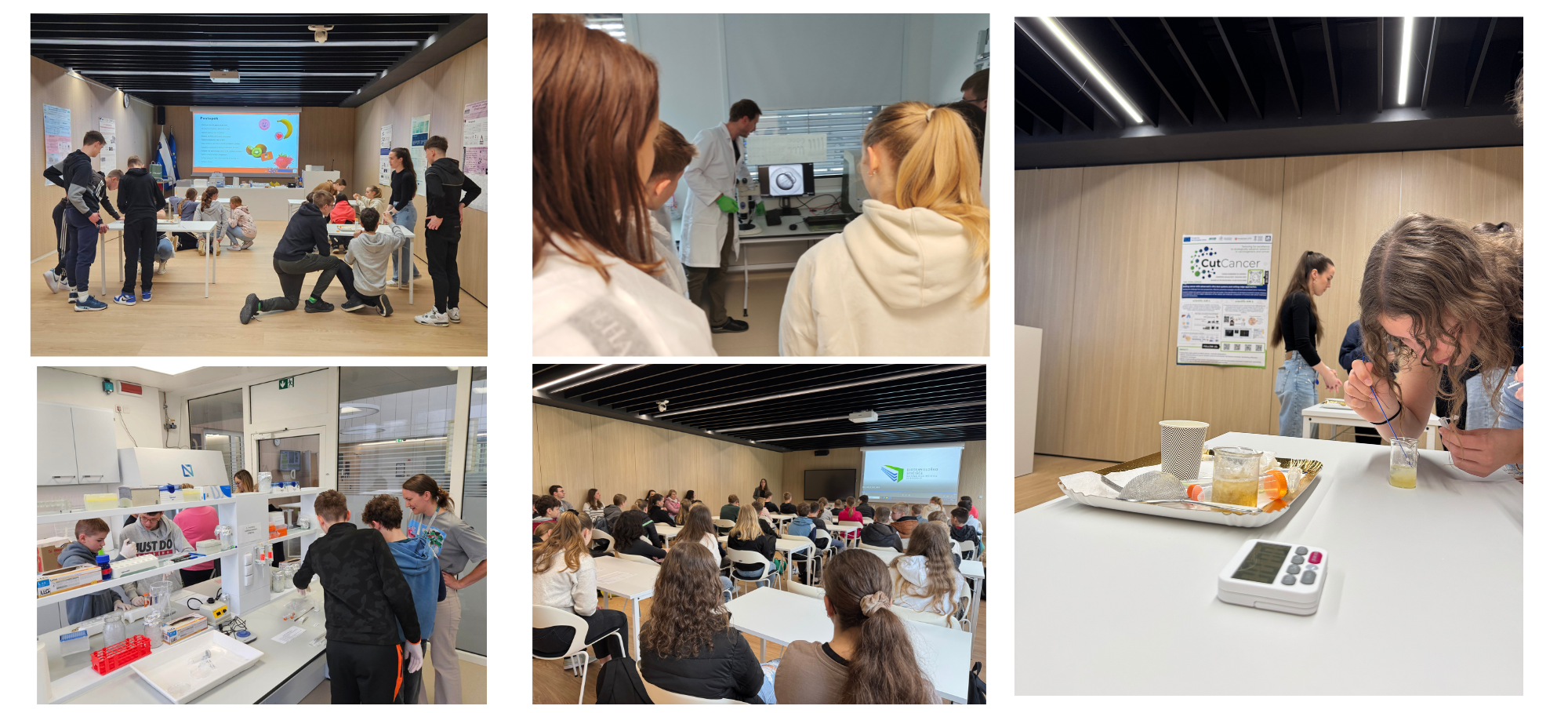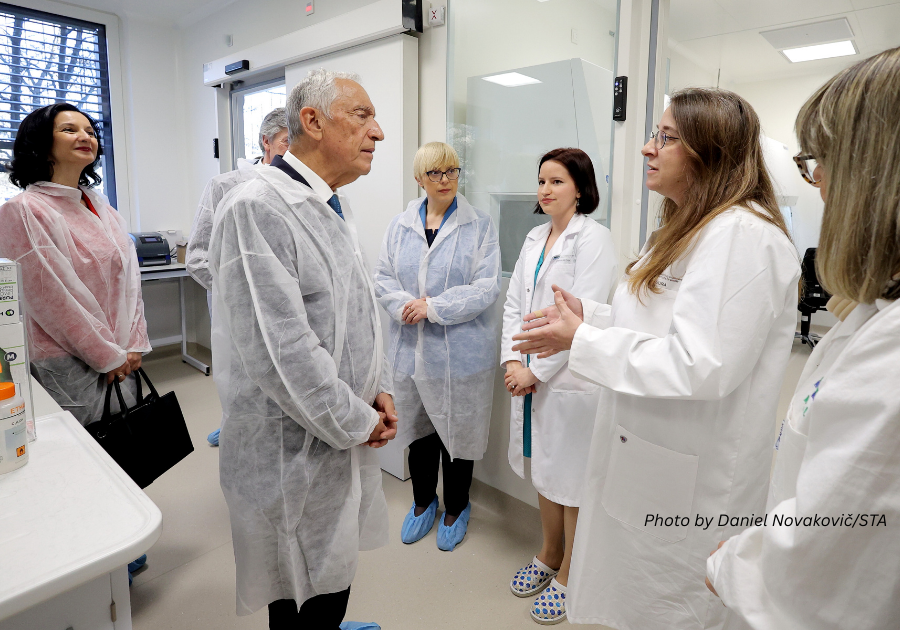open access: https://doi.org/10.1158/2159-8290.CD-23-1380
Enfield KSS, Colliver E, Lee C, Magness A, Moore DA, Sivakumar M, Grigoriadis K, Pich O, Karasaki T, Hobson PS, Levi D, Veeriah S, Puttick C, Nye EL, Green M, Dijkstra KK, Shimato M, Akarca AU, Marafioti T, Salgado R, Hackshaw A; TRACERx consortium; Jamal-Hanjani M, van Maldegem F, McGranahan N, Glass B, Pulaski H, Walk E, Reading JL, Quezada SA, Hiley CT, Downward J, Sahai E, Swanton C, Angelova M.
Understanding the role of the tumor microenvironment (TME) in lung cancer is critical to improving patient outcomes. We identified four histology-independent archetype TMEs in treatment-naïve early-stage lung cancer using imaging mass cytometry in the TRACERx study (n = 81 patients/198 samples/2.3 million cells). In immune-hot adenocarcinomas, spatial niches of T cells and macrophages increased with clonal neoantigen burden, whereas such an increase was observed for niches of plasma and B cells in immune-excluded squamous cell carcinomas (LUSC). Immune-low TMEs were associated with fibroblast barriers to immune infiltration. The fourth archetype, characterized by sparse lymphocytes and high tumor-associated neutrophil (TAN) infiltration, had tumor cells spatially separated from vasculature and exhibited low spatial intratumor heterogeneity. TAN-high LUSC had frequent PIK3CA mutations. TAN-high tumors harbored recently expanded and metastasis-seeding subclones and had a shorter disease-free survival independent of stage. These findings delineate genomic, immune, and physical barriers to immune surveillance and implicate neutrophil-rich TMEs in metastasis.
Significance: This study provides novel insights into the spatial organization of the lung cancer TME in the context of tumor immunogenicity, tumor heterogeneity, and cancer evolution. Pairing the tumor evolutionary history with the spatially resolved TME suggests mechanistic hypotheses for tumor progression and metastasis with implications for patient outcome and treatment. This article is featured in Selected Articles from This Issue, p. 897.
